If you’ve been reading the New Roman Times for a while, you might have gathered that I have a bit of a thing for palaces. I especially love the aristocratic palaces in Rome because from the outside they tend to blend in so well with the cityscape that you could easily walk past them without ever knowing what was inside. But if you do go inside, you’ll discover treasures that have been hidden away behind closed doors for centuries.
Last weekend, during a little staycation at the Donna Camilla Savelli Hotel in Trastevere, I finally had some time to visit Galleria Corsini and it left a lasting impression on me. Right across the street from Villa Farnesina—another enchanting Renaissance palace—Galleria Corsini was built in 1511 for Cardinal Raffaele Riario.
Queen Christina of Sweden, apparently a bit of an eccentric who converted to Catholicism and abdicated the Swedish throne, lived there from 1659 until her death in 1689, transforming the palazzo into a gathering place for her intellectual circle and filling it with art. I started digging into her life and learned that she became queen-elect before the age of six, when her father, King Gustav II Adolf, died in battle. On his orders, she received an education fit for a prince.
A highly cultured young woman, she would wake up at 5 a.m. to read and surrounded herself with scholars, artists, and intellectuals, including French philosopher René Descartes. She shocked all of Europe by abdicating the throne, saying she was ill and the burden of ruling was too heavy for a woman; really, though, some scholars attribute the move to her aversion to marriage and conversion to Roman Catholicism. I like to imagine her swanning through the halls of the palace, hosting salons for the leading artists and intellectuals of the day.
In 1736, the palazzo passed into the hands of the Corsini family for which it’s named. This rich Florentine family made additional modifications to the building, including adding a new wing designed by architect Ferdinando Fuga, who also worked on the Palazzo della Consulta at the Quirinale and the façade of Santa Maria Maggiore. This new wing was designed to house the Corsiana Library as well as a majestic central staircase.
For nearly 150 years, the palazzo was used by the Corsini family, until Prince Tommaso sold it to the Kingdom of Italy, donating the art collection inside it. That collection formed the original core collection of the Galleria Nazionale d’Arte Antica, which opened in 1895 and now consists of two buildings: Palazzo Corsini and Palazzo Barberini, which is located just up the street from Piazza Barberini.
Galleria Corsini is smaller than Galleria Barberini and the latter has more masterpieces in its collection (in particular Raphael’s “La Fornarina”). But I was nonetheless enchanted by Galleria Corsini, strolling from room to room, admiring the paintings, chandeliers, and ceiling frescoes.
Whereas modern art museums tend to have white walls and more negative space between the works of art, palace museums like Galleria Corsini feel warmer and more inviting, perhaps because of the way the paintings crowd the walls. The labels denoting the artists aren’t positioned right next to the paintings, but rather on a sign mapping them out. After all, it was originally a home and only became a museum later.
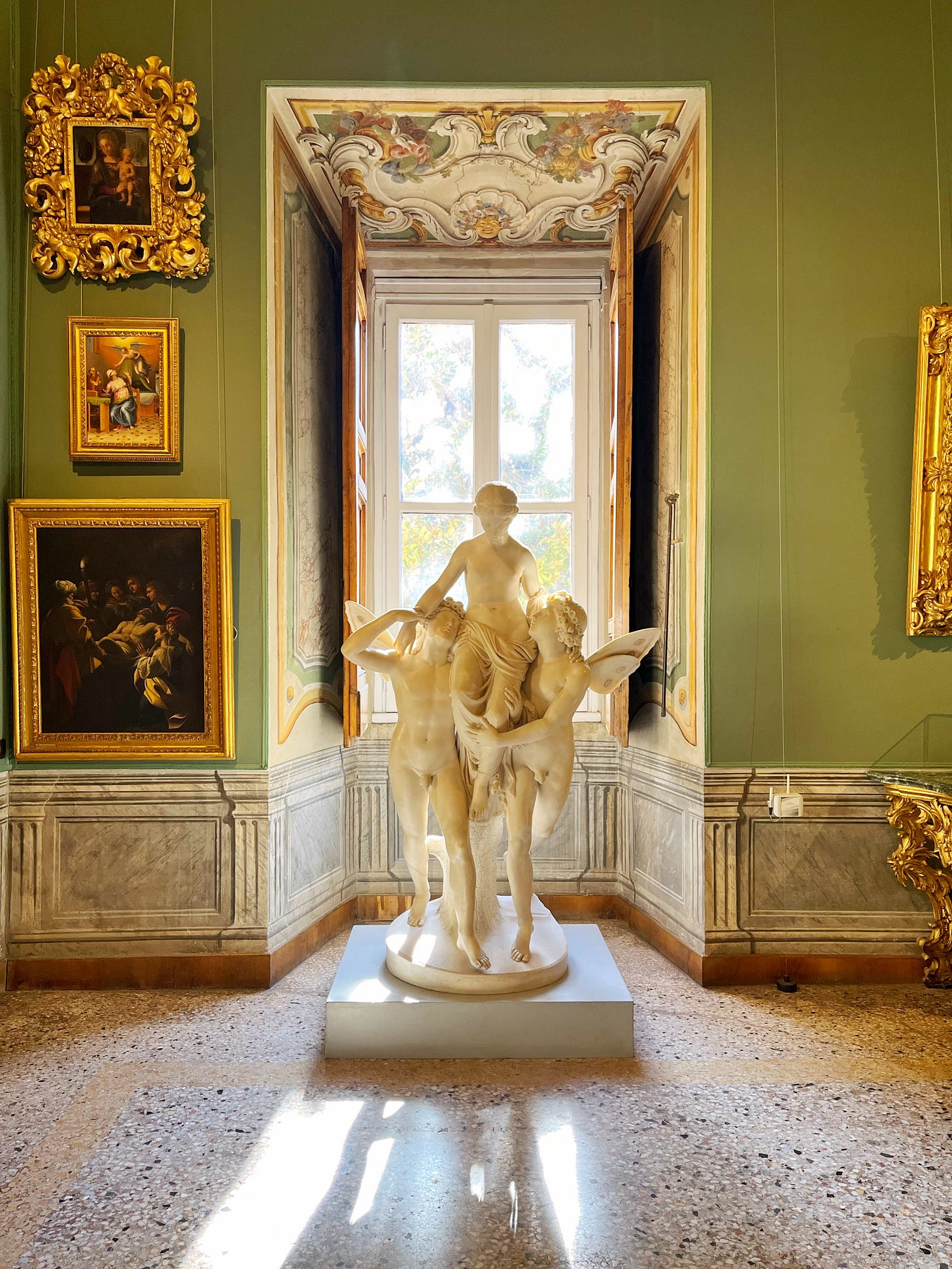
As I strolled through the rooms, I gazed up at the busts of Roman emperors, trying to identify them, admired a painting of the Pantheon, and stared up in awe at an impossibly vibrant ceiling fresco in Queen Christina of Sweden's former bedroom.
There are paintings by Guido Reni, Peter Paul Rubens, and Van Dyke, but I was especially drawn to a grouping of still lifes showing 18th-century tables laden with prosciutto and wine in goblets, baskets overflowing with peaches and plums, and artfully arranged artichokes. Who knows—perhaps 18th-century Romans enjoyed artichokes as much as we do today.
After I finished upstairs in the museum, I walked down into the courtyard. The palazzo’s gardens now form Rome’s Botanical Gardens and the rest of the palace houses the Accademia dei Lincei, an association dedicated to the study of botany that dates back to 1603 and still has a number of fellows.
Have you visited Galleria Corsini or the Botanical Gardens? If so, were you as enchanted by this hidden gem as I was? Are there other palaces you think I should write about?
Further Reading
Curious about other aristocratic palaces in Rome? Take a peek inside the spectacular Palazzo Doria Pamphilj and the Villa Medici (i.e. the French Academy in Rome).
There are a few other palaces featured on my list of 10 underrated museums in Rome.
I also wrote about the Royal Palace in Turin for the New Roman Times and covered the Reggia di Caserta for Travel + Leisure.
You can see all of the New Roman Times’ coverage of under-the-radar destinations here.


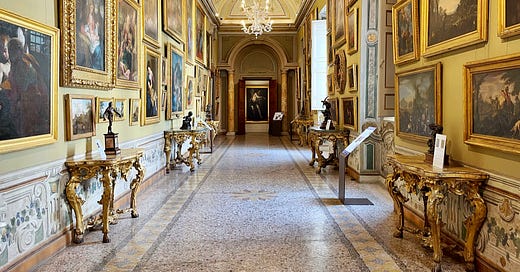



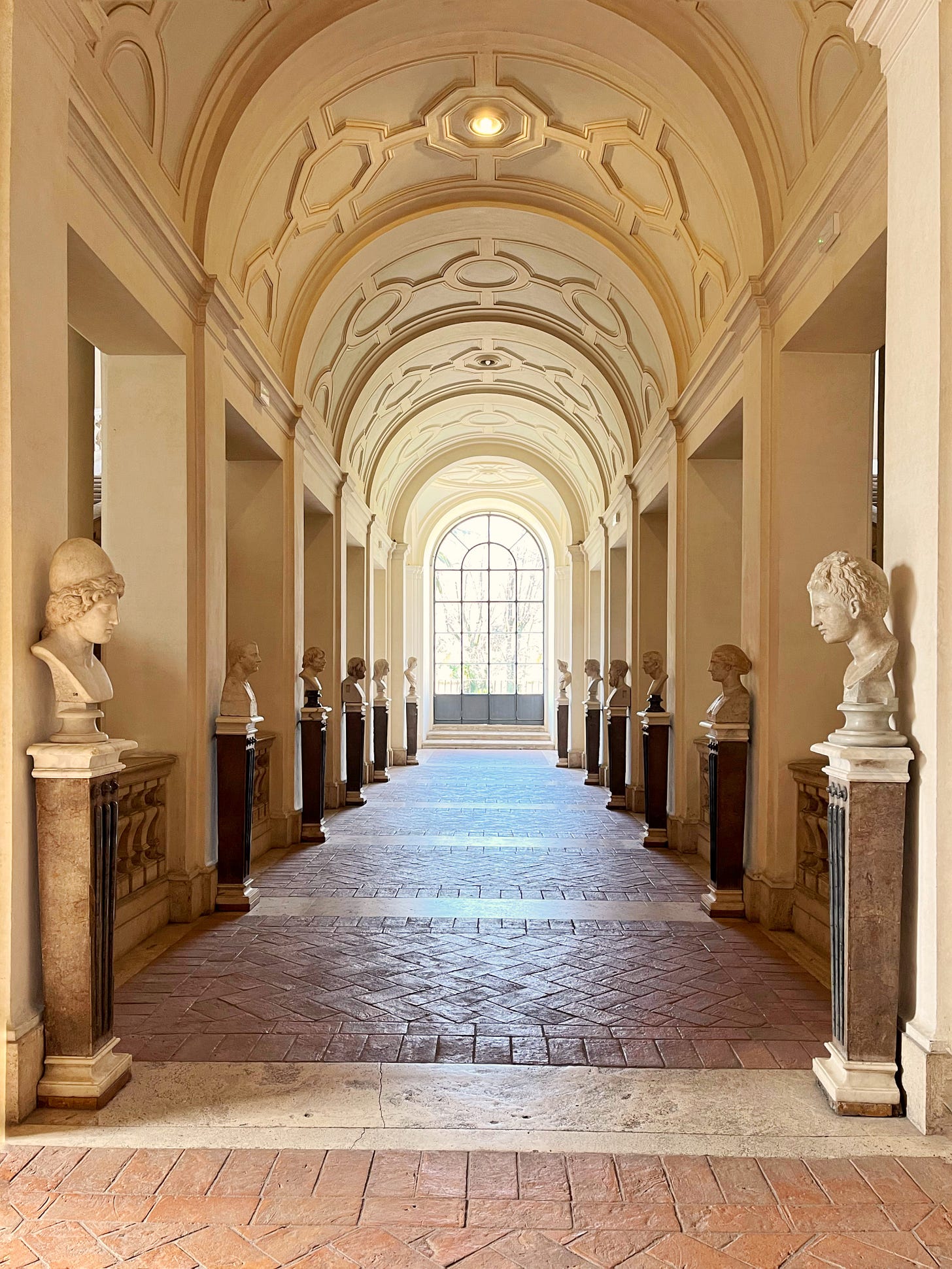
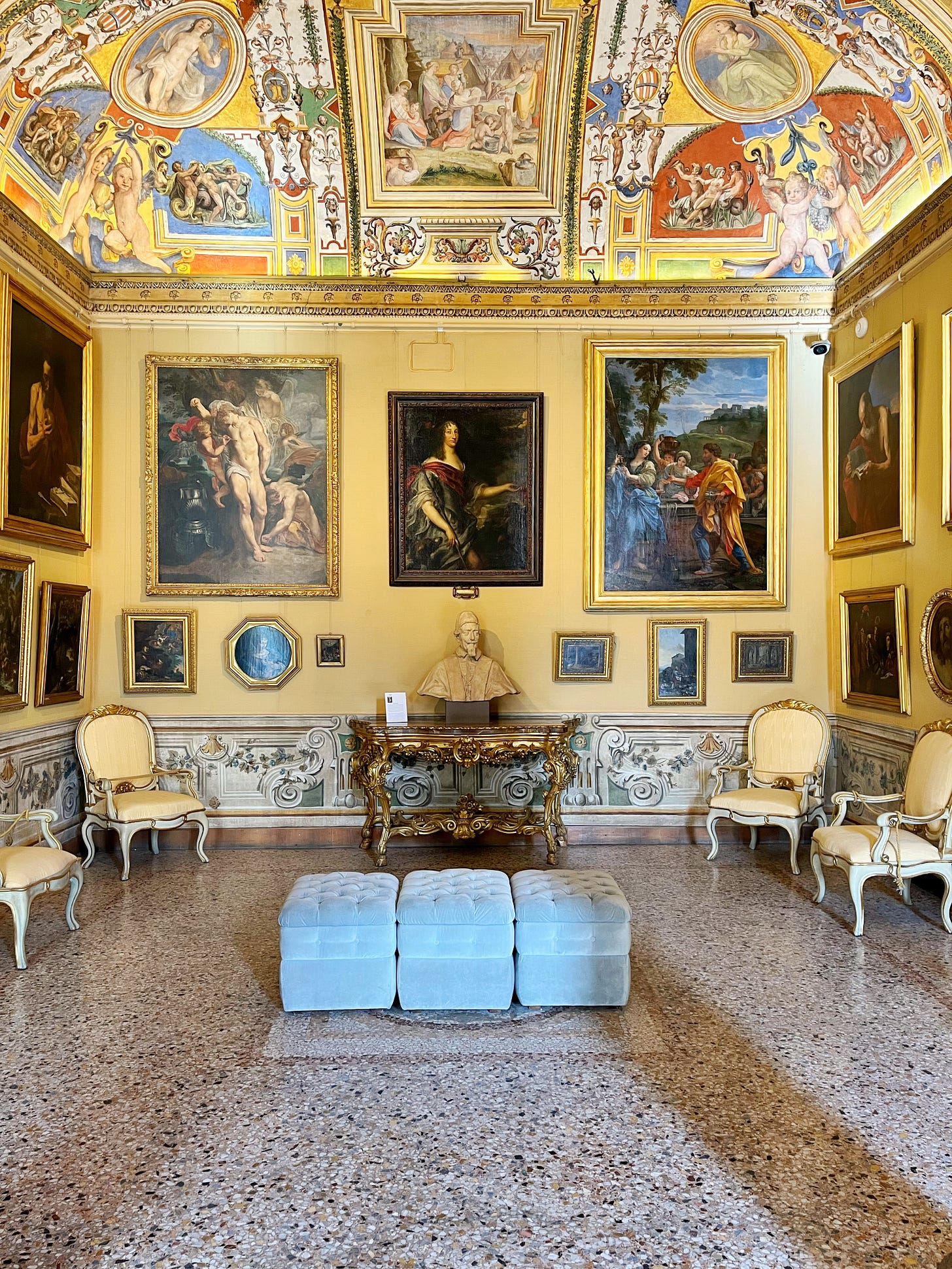

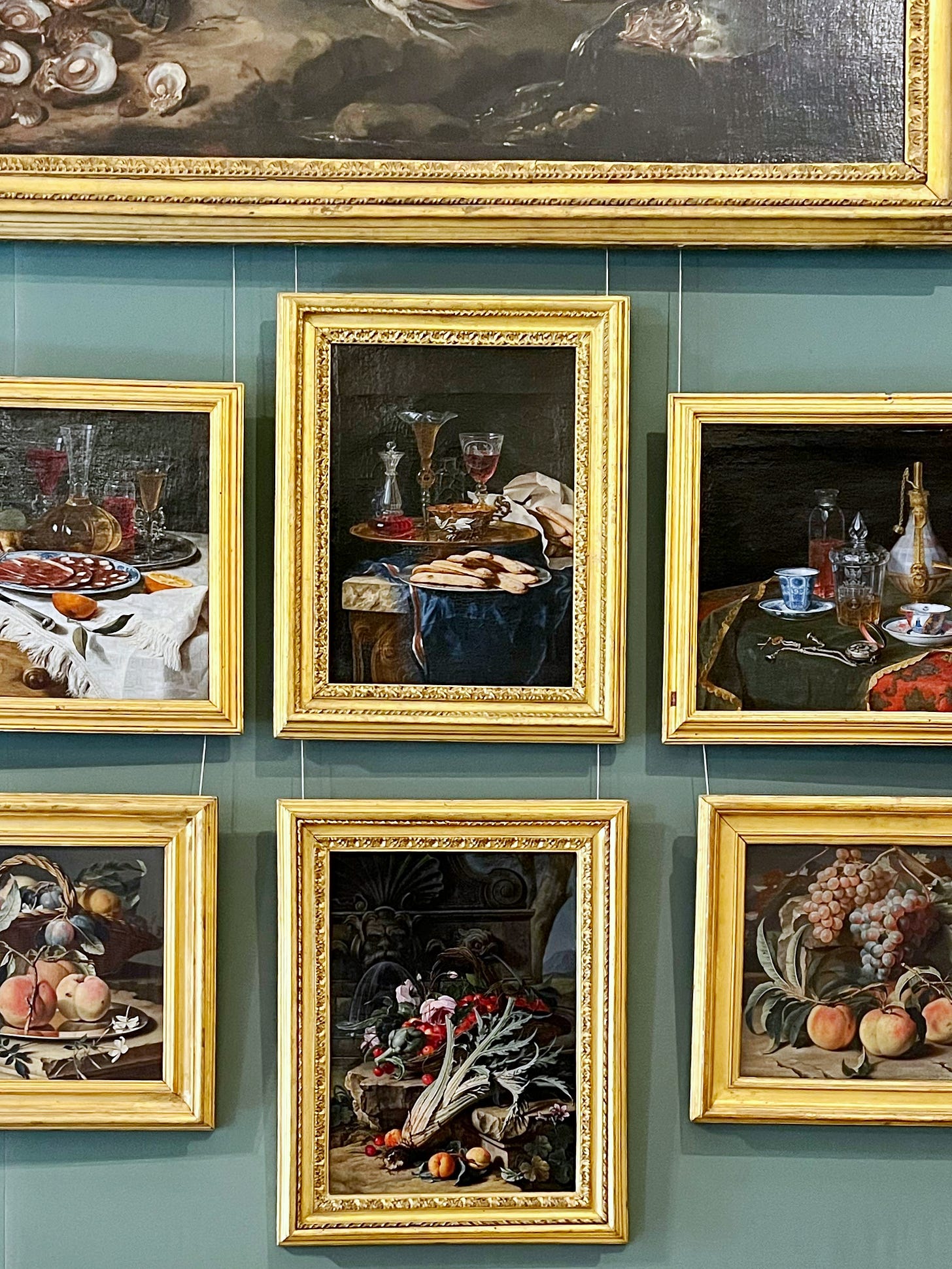
We may be in Rome late September, Laura so this is very timely
I'll echo Etta at All Things Italy. Have passed this by a half dozen times. Who knew? What a useful post!